Vein Care and COVID-19
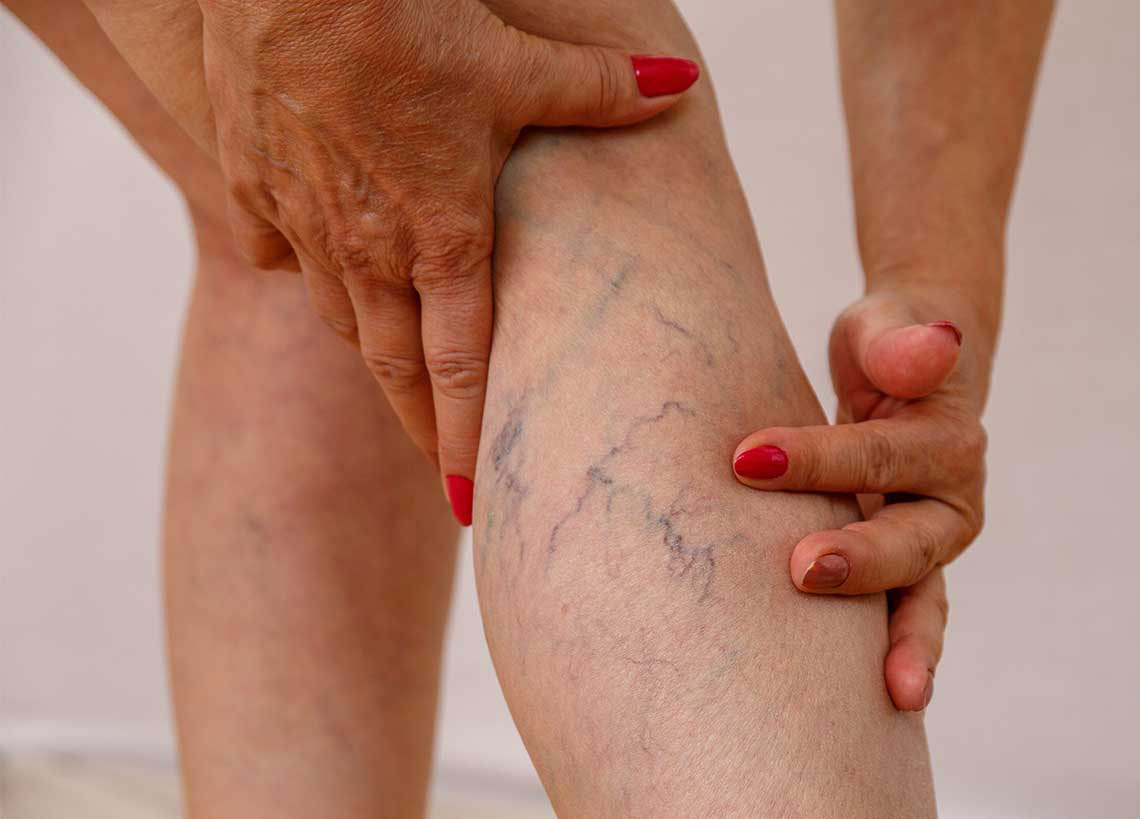
Impact of COVID-19
Blood clots are a complication of vein disease that impacts people who are positive with COVID-19. The pandemic can affect the vascular systems which include veins, heart, brain, and blood.
The unending COVID-19 pandemic has turned the world upside down. COVID-19 is an acute respiratory illness that symptoms such as high fever, lethargy, body aches, breathing difficulties, and dry cough. A few of these symptoms directly impact our lungs as well as veins.
COVID-19 pandemic has impacted the lungs along with other critical factors of the body that include heart issues, kidney damage, liver malfunction, and deep vein thrombosis. Some of these symptoms have increased the mortality rate of patients infected with COVID-19.
COVID-19 leads to blocking the blood flow in the veins that can cause several serious complications, including:
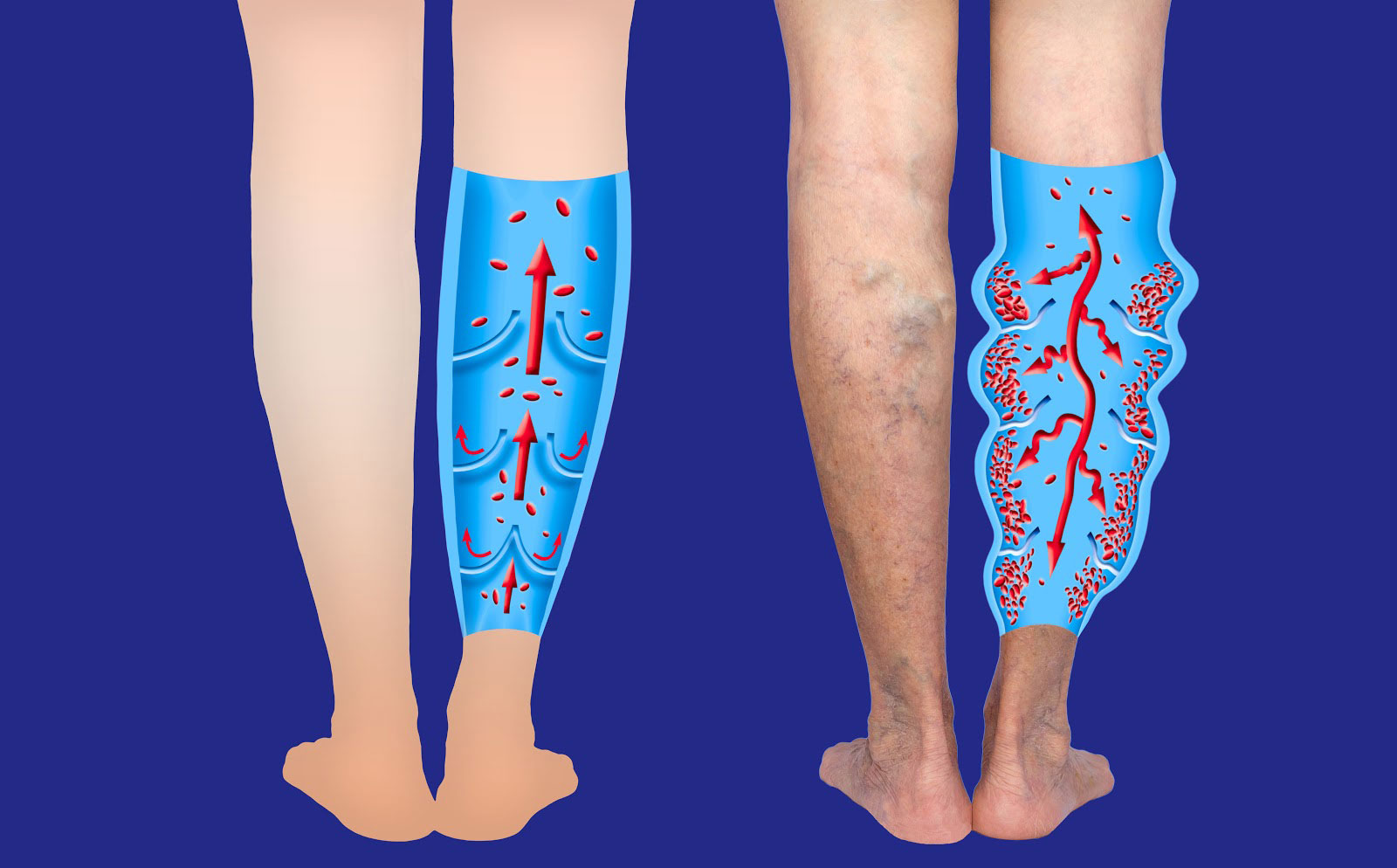
- Heart attack: when a blood clot blocks blood flow to the heart.
- Stroke: when a blood clot blocks blood flow to the brain.
- Transient ischemic attack (mini-stroke): when a blood clot temporarily blocks blood flow to the brain.
- Critical limb ischemia when a clot blocks the blood supply to a limb.
- Pulmonary embolism: when a clot blocks the blood flow into the lungs.
Effect of COVID-19 on Veins
COVID-19 pandemic affects the vascular system along with the respiratory system. The impacts of COVID-19 include your veins, heart, blood, and even your brain. The vascular system symptoms include:
- Increased blood clots
- Increased strokes
- COVID toes
- Ischemia
- Varicose Veins
- Blood Clots: COVID-19 can cause severe inflammation that may trigger your clotting system or even injury to the veins. Usually, when a blood vessel is injured, it produces proteins that attract platelets and other clotting factors. The proteins would clump together to form a clot that plugs the injury and allows it to heal. But, sometimes blood clots form in the absence of an injury that is potentially dangerous. This clot can restrict the flow of blood within your blood vessels, leading to complications such as stroke or heart attack. Forming of blood clots may lead to a serious condition. If left untreated, they can cause damage to your brain, heart, and lungs and even death or long-term complications.
When you’re sick with COVID-19 and following stay-at-home protocol or quarantine orders, you probably aren’t moving much. This immobile state can increase your risk for blood clots. Inflammation and immobility paired together might create a perfect environment for blood clots to be formed in your legs and lungs. In severe cases of COVID-19 infection, people with health risk factors such as cancer, obesity, and a history of blood clots are at higher risk. - Strokes: COVID-19 infection increases the risk of having a thrombotic vascular event, or thrombosis. When a blood clot forms and blocks a blood vessel, such as an artery or a vein. Extended immobility and injury are not the only risk factors associated with COVID-19 and deep vein thrombosis. It is reported that COVID-19 also causes a hyper-inflammatory state in those who contract the virus. This type of state can escalate the risk for deep vein thrombosis due to endothelial injury.
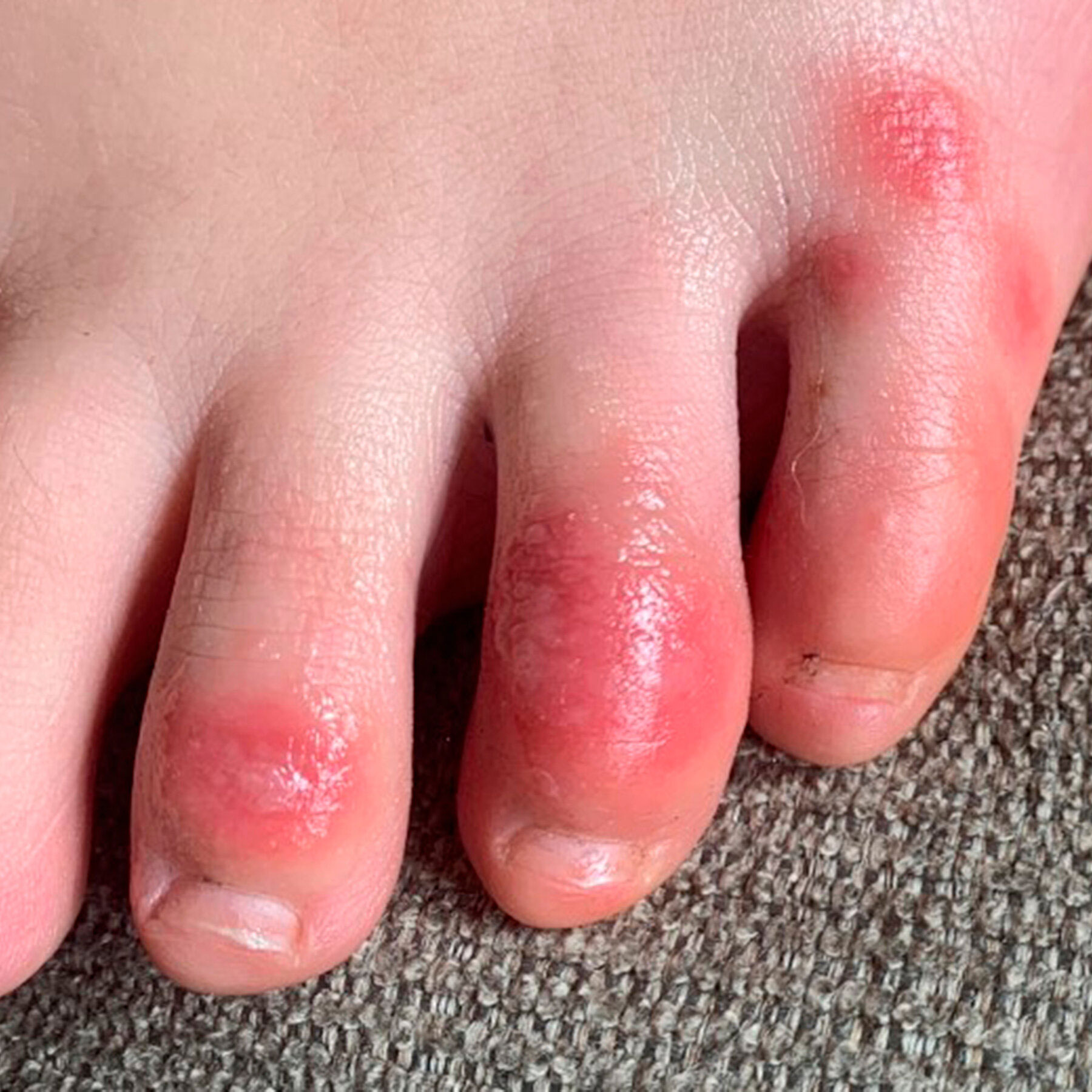
The symptoms of stroke might include:
- Numbness or weakness in the arm, face, or leg.
- Confusion, difficulty speaking, or understanding speech.
- Difficulty seeing from one or both eyes, dizziness, loss of balance or coordination.
- Severe headache.
- COVID Toes: COVID-19 cases inflammation of the veins referred to as vasculitis. This can result in the bursting of the veins, especially in the toes and fingers. People with COVID toes experience blistering, itch, and pain. Some people with COVID toes may rarely experience raised bumps or patches of rough skin. Along with swollen, discolored skin, you may have:
- Blisters
- Itching
- Pain
- Raised, painful bumps
- Areas of rough skin
- Varicose Veins: This is commonly the result of a. sedentary, or inactive, lifestyle. The vein valves help to prevent blood from flowing backward. Sometimes, the valves in the veins can become damaged or weakened resulting in blood pooling within your vein walls. This would gradually build pressure on the vein walls as they expand, causing them to protrude from your skin when blood pools. This would result in varicose veins – twisted, enlarged veins that aren’t easy to look at and may signal a health concern.
Varicose veins if not treated on time may lead to skin discoloration. In severe cases, the skin surrounding varicose veins can become red or brown, eventually hardening into a leathery texture known as lipodermatosclerosis.
Keeping Your Veins Healthy During COVD-19
Vein disease can worsen over time without proper care. The impacts of the COVID-19 pandemic have affected not only respiratory problems but also the vascular system. It’s important to keep your vein healthy during this time.
- Exercising regularly: Staying active is an important part of keeping your veins healthy. Approximately 30 minutes of aerobic exercise each day such as walking, jogging, dancing, and biking is recommended. If you have a sedentary lifestyle you should get up at least once an hour and walk around the room.
- Quitting smoking: Nicotine negatively affects your veins as they harden and narrow the walls of your veins.
- Endovenous Laser Treatment: The procedure involves putting a small catheter into broken veins through which laser energy is emitted to cause vein damage. The broken veins eventually collapse, and the vein closes in on itself.
- Ambulatory Phlebectomy: This helps in the treatment of varicose veins through small incisions. The procedure is performed with a local anesthetic, and a compression bandage is worn afterward to promote circulation and healthy recovery.
- Ultrasound-Guided Foam Sclerotherapy: The procedure involves injecting a sclerosant that is an irritant solution, into the vein. The sclerosant irritates the vein walls closing the targeted veins, which will cause the broken veins to either shrink or disappear.
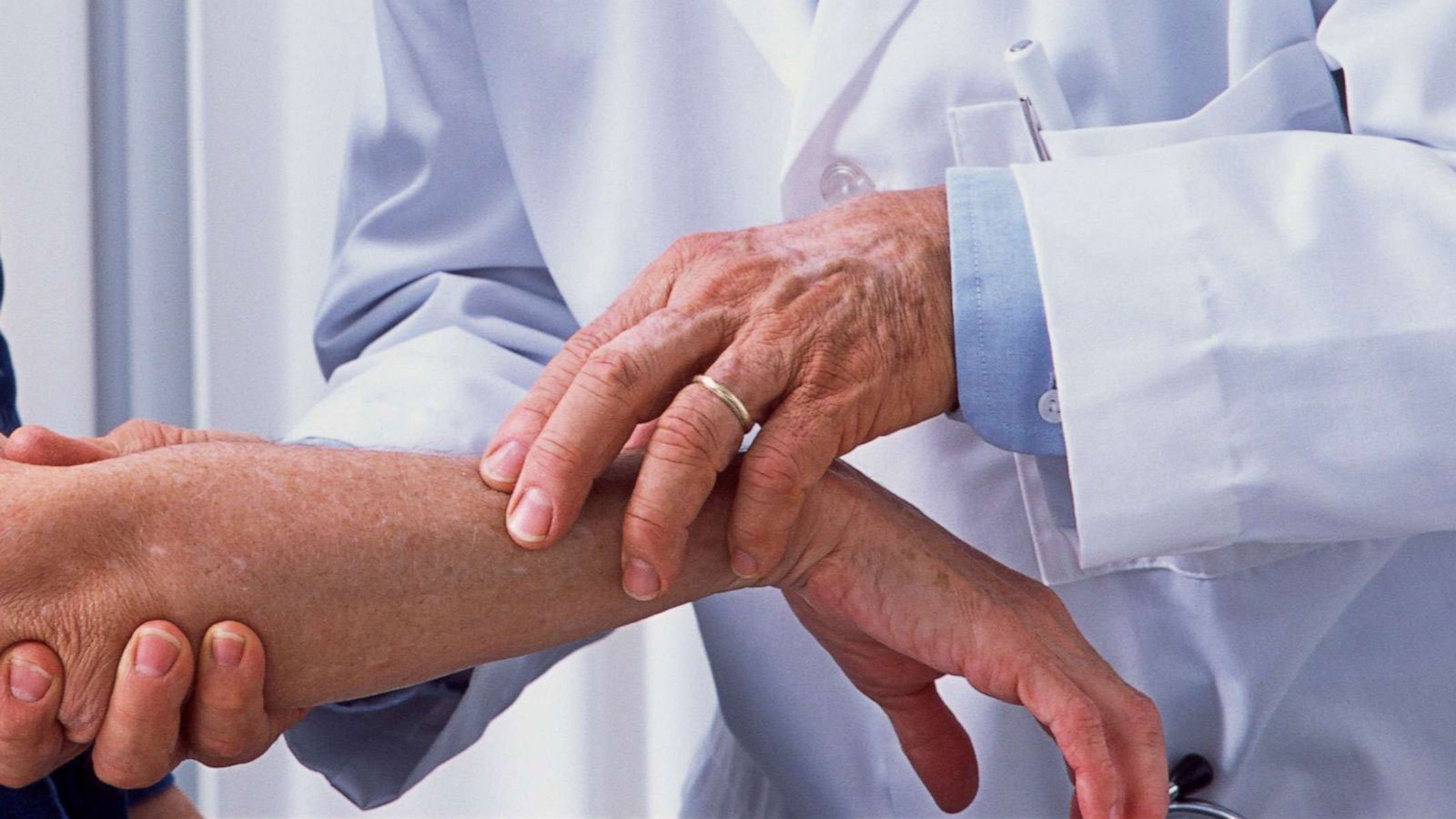
Outlook
COVID-19 pandemic has a disastrous effect on the world. COVID-19 leads to isolation along with quarantine leading to a sedentary lifestyle and the potential for weight gain. This may put you at the risk for developing veins diseases. Multiple treatment options will help you get rid of the vein problems in your body.
People Also Read:
If you or anyone you know is suffering from the effects of Covid-19, our expert providers at Post Covid Centerswill take care of your health and help you recover.
Call 469-545-9983 to book a telehealth appointment for a home check-up.
Post Covid Syndrome vs. Fatigue
While COVID-19 is a short-lived disease in most people, others experien...
Post Covid Syndrome vs. Skin Weakness Problems
A new study illustrates that some patients with COVID-19 disease have continuous skin-associated symptoms...
RELATED BLOGS
